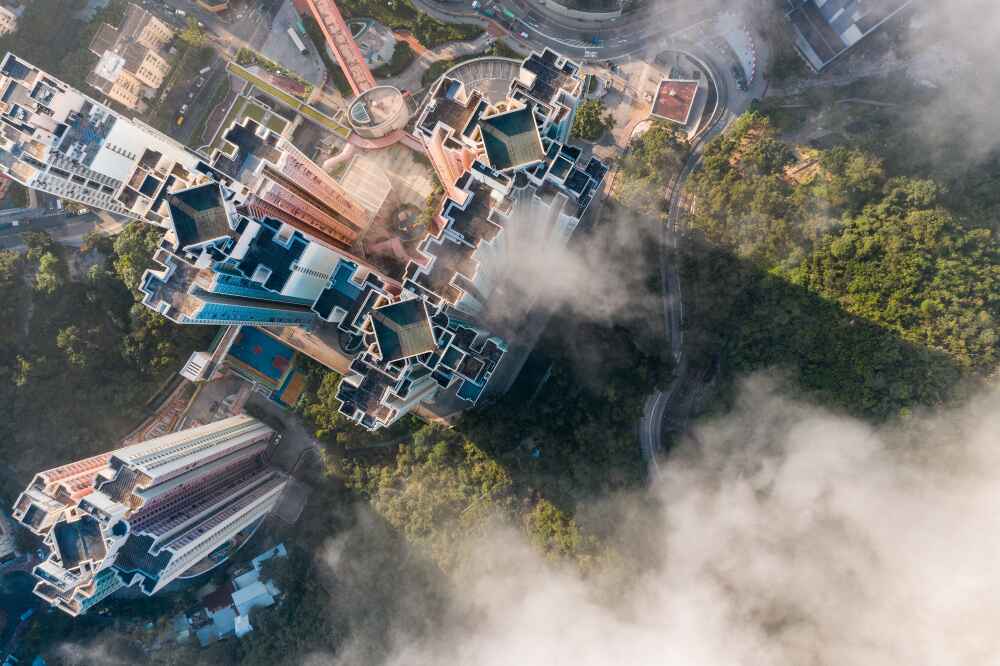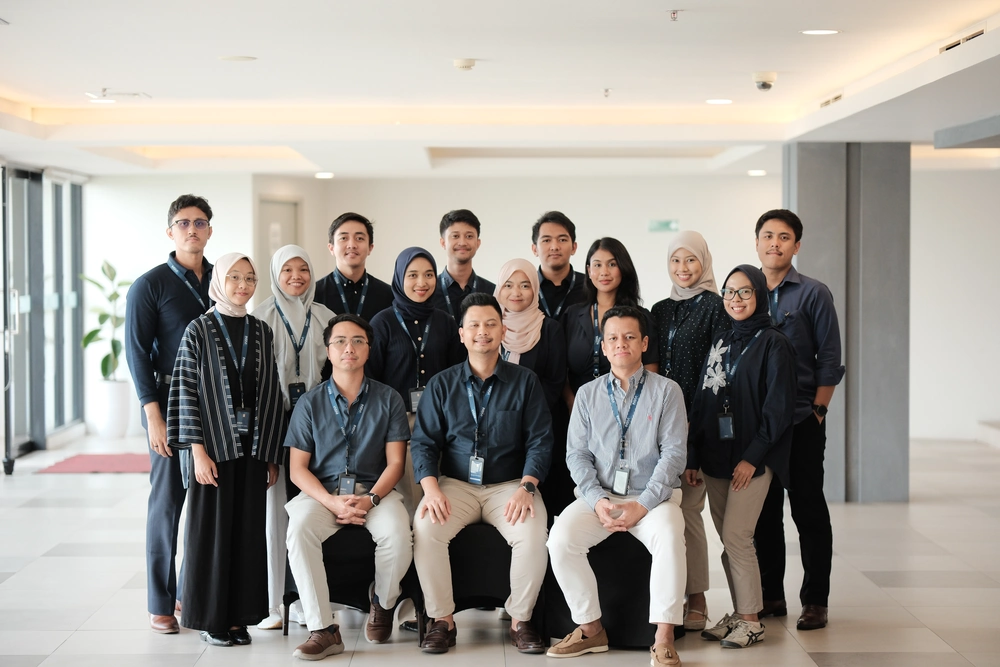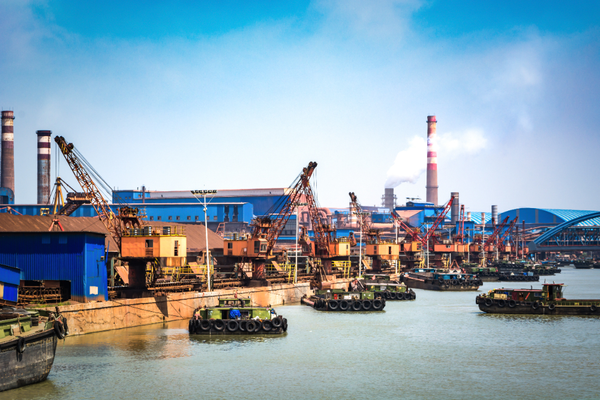by Imana Tahira
Jakarta — Indonesia, known for harboring 40% of the world’s geothermal reserves, boasts abundant geothermal potential as a source of renewable energy. This abundance is attributed to Indonesia’s position on tectonic plates undergoing subduction, where two plates collide, causing the heavier plate to submerge beneath the thinner one. This subduction process triggers volcanic activity, generating heat that can be harnessed for energy conversion. West Java is acclaimed as the province with the largest geothermal potential in Indonesia.
Why West Java Holds Geothermal Development Potential: In 2009, Indonesia identified 265 geothermal resource areas with a total potential of 2.81 GW. West Java is committed to optimizing its geothermal energy potential as a sustainable and environmentally friendly alternative energy source. The province currently hosts 6,101 MWe (21.7%) across 43 locations in 11 regencies. This aligns with the National Energy Policy targeting a 5% increase in geothermal energy’s role by 2025 (9,500 MWe).
Geothermal Potential in West Java: The West Java provincial government aims to utilize 3,267 MWe of geothermal energy by 2025, surpassing the national geothermal roadmap. According to the Ministry of Energy and Mineral Resources, there are 331 potential geothermal points across 30 provinces, with 70 designated as Geothermal Working Areas (WKP). West Java stands out with 11 designated WKPs.
Key Geothermal Areas in West Java:
- Cibeureum Parabakti WKP
- Cibuni WKP
- Cisolok Cisukarame WKP
- Ciremai Mountain WKP
- Galunggung Mountain WKP
- Gunung Gede Pangrango WKP
- Tampomas Mountain WKP
- Tangkuban Perahu Mountain WKP
- Kamojang Darajat WKP
- Karaha-Cakrabuana WKP
- Pangelengan WKP
Geothermal Contributions to Energy Stability: Geothermal energy offers stability during the early stages of Indonesia’s energy transition (2021-2035). The Ministry of Energy and Mineral Resources has developed a Carbon Neutral Energy Transition Roadmap (2021-2060). Geothermal potential is divided into resource potential (2,159 MW) and reserve potential (3,765 MW), presenting opportunities for sustainable power generation.
Geothermal Power Plants in West Java: West Java leads in geothermal power plants, with six operational Power Plants:
- PLTP Kamojang – Total Capacity: 235 MWe, Location: WKP Kamojang Darajat
- PLTP Salak – Total Capacity: 376.8 MWe, Location: WKP Cibeureum Parabakti
- PLTP Darajat – Total Capacity: 270 MWe, Location: WKP Kamojang Darajat
- LTP Wayang Windu – Total Capacity: 227 MWe, Location: WKP Pangalengan
- PLTP Patuha – Total Capacity: 55 MWe, Location: WKP Pangalengan
- PLTP Karaha – Total Capacity: 30 MWe, Location: WKP Karaha Cakrabuana
Towards a Sustainable Future: The development of geothermal energy aligns with the implementation of the Long-Term Strategy for Low Carbon & Climate Resilience (LTS-LCCR) 2050. This strategy, in line with the Paris Agreement, aims to achieve Net Zero Emissions by 2060, reinforcing Indonesia’s commitment to a sustainable and low-carbon future.





